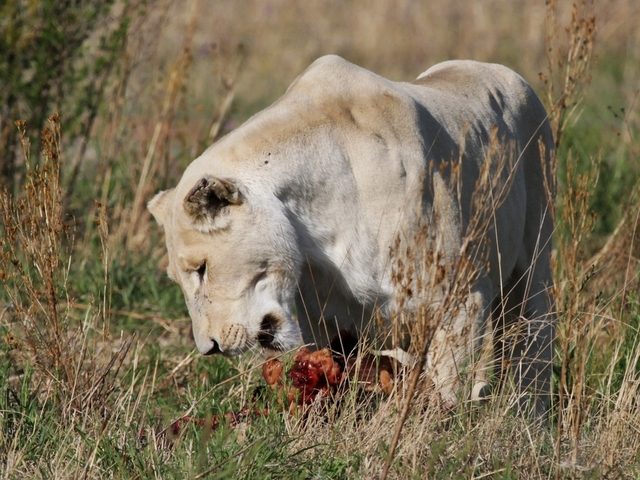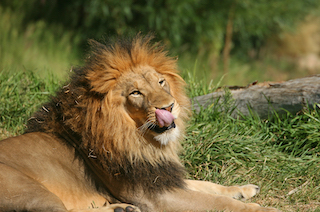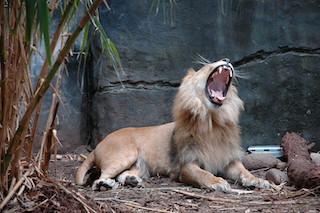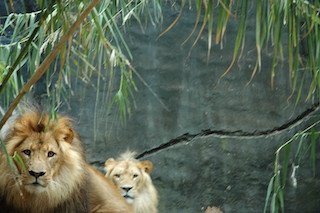Lion Retaliatory Killing Decreases Its Numbers
Nairobi national park
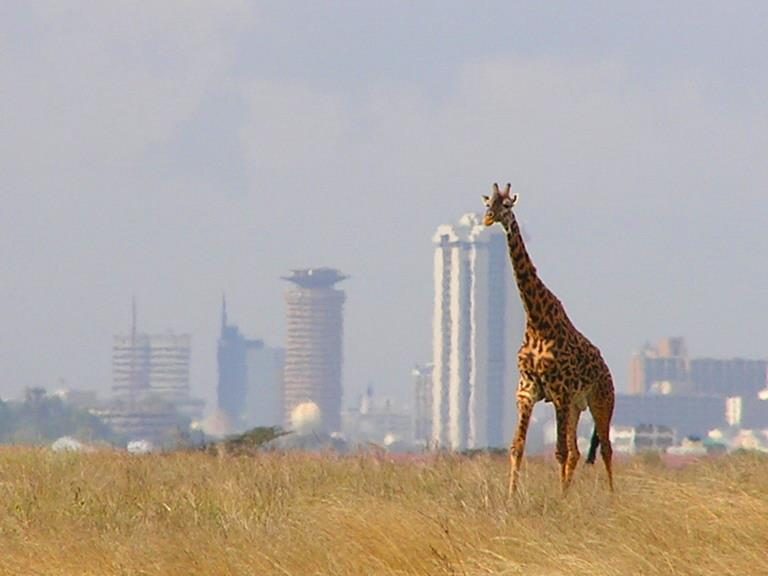 Lions live in the national park of Nairobi in Kenya encircled by a thickly populated. Even though there is a fence, an unfenced link in the southern park border provides an avenue for king of jungle to prowl around. It also serves as a migratory corridor for the wildlife.
Lions live in the national park of Nairobi in Kenya encircled by a thickly populated. Even though there is a fence, an unfenced link in the southern park border provides an avenue for king of jungle to prowl around. It also serves as a migratory corridor for the wildlife.
Livestock depredation
Lions need huge prey to make up the lost energy during hunting. Therefore, they favor those habitats and landscapes where the prey is in abundance. However, in Kenya, the severe climate has fragmented and changed habitats. Also, the need for more space has increased, resulting in a spillover into Nairobi national park and its surrounding area. Consequently, this reduced the prey availability for lions. Therefore, lions encroach into communal land to attack livestock, leading to frequent human conflicts. Although the frequency is generally higher closer to the park boundary, lions can enter human-dominated areas too. Moreover, studies show that during the rainy season, both the prey and the lion disperse greatly due to the availability of pasture. Therefore, increased rainfall also connects with higher livestock depredation frequencies.
Mitigation measures
The livestock depredation rate depends on mitigation measures such as fencing materials and LED flashlights around bomas. Boma is a Swahili word for a household in a compound with an enclosing structure for livestock protection against predators. The fence of the enclosing structure is of thorn bushes, post-chain links, wood, poles, tree branches, and live vegetation.
1) Fencing materials
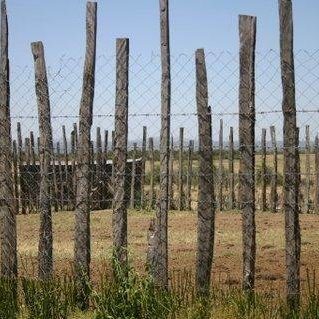 Lion attacks on bomas can be prevented to a certain limit if the fencing materials include chain-link and are high enough so that visibility from outside is poor. However, there have been many incidents where such fencing has caused livestock losses to be greater and not lesser. Several reports of attacks of bomas with fences of chain-link described how a lion would climb the roof and fall through the barrier. While thorn-fenced boma allows livestock to escape, a chain-link fence provides no such escape route. A lion that gets into the boma like this is most likely to injure and kill even more livestock.
Lion attacks on bomas can be prevented to a certain limit if the fencing materials include chain-link and are high enough so that visibility from outside is poor. However, there have been many incidents where such fencing has caused livestock losses to be greater and not lesser. Several reports of attacks of bomas with fences of chain-link described how a lion would climb the roof and fall through the barrier. While thorn-fenced boma allows livestock to escape, a chain-link fence provides no such escape route. A lion that gets into the boma like this is most likely to injure and kill even more livestock.
Reduced attacks
There is a great variation in studies on the importance of boma construction materials in the prevention of livestock attacks by lions. However, improved enclosures as well as both nocturnal and diurnal vigilance reduce the rate of depredation.
2) LED flashlight
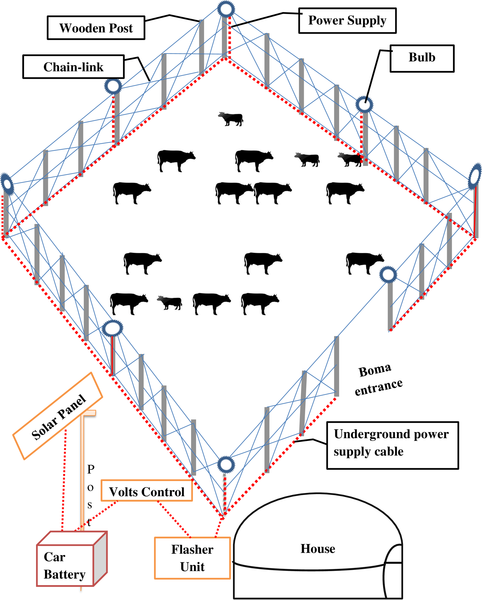 Another method of controlling nocturnal attacks of livestock by lions around Nairobi national park is by making use of the LED flashlight method, a technique initiated by Richard Turere, a school student. In 2012, per this technique, they installed 19 flashlights on the south of Nairobi national park. When this technique became hugely successful in deterring lions, livestock owners in the neighbourhood installed flashlights for their homesteads too.With 30 additional homesteads installed with flashlights, the technique became regular feature in many households in and around the park. More and more homesteads that were close to the park border started installing LED flashlights.
Another method of controlling nocturnal attacks of livestock by lions around Nairobi national park is by making use of the LED flashlight method, a technique initiated by Richard Turere, a school student. In 2012, per this technique, they installed 19 flashlights on the south of Nairobi national park. When this technique became hugely successful in deterring lions, livestock owners in the neighbourhood installed flashlights for their homesteads too.With 30 additional homesteads installed with flashlights, the technique became regular feature in many households in and around the park. More and more homesteads that were close to the park border started installing LED flashlights.
Effectiveness
Although similar measures have been taken previously to deter birds and carnivores, either from crops or livestock, the usage of LED flashlights is the 1st in Africa. The bulbs in the LED flashlight that is connected by a wire are powered by a solar panel. The bulbs are mounted on posts along the perimeter of the boma. The flashlights continuously flicker to ape a guard carrying a torch and walking around the homesteads.
Reduced attacks
Lions show highly adaptive behavior with the installation of flashlight bomas. The presence of flashlights reduces lion attacks and changes the behavior of lions. Such changes include lions moving greater distances away from the park border and searching for bomas with no flashlights installed. Flashlights also reduce the probability of nocturnal lion attacks at bomas and shift the attacks to daytime. Thankfully, the losses suffered from daytime attacks are smaller than that of nocturnal attacks and could be addressed by simple changes in herding strategies.
Conclusion
LED flashlight technique is more effective in deterring lions from bomas than fencing materials and has the potential to reduce attacks on livestock by lions. Working in collaboration with local authorities in managing the techniques, but also simply ensuring that they serve faulty flashlights promptly, and the implementation of rapid response mechanisms are all aspects that can be effective mitigation measures. However, a single intervention is not a long-term solution. Livestock owners should ensure they have multiple techniques in place.
Reference
Lesilau, Francis, Fonck, Myrthe, Gatta, Maria, Musyoki, Charles, Van’t Zelfde, Maarten, Persoon, Gerard A, . . . Moreira, Francisco. (2018). Effectiveness of a LED flashlight technique in reducing livestock depredation by lions (Panthera leo) around Nairobi National Park, Kenya. PLoS One, 13(1), E0190898.
https://journals.plos.org/plosone/article/file?id=10.1371/journal.pone.0190898&type=printable
For a custom-made safari, please fill out the following form or simply email us on safaris@safari-center.com

